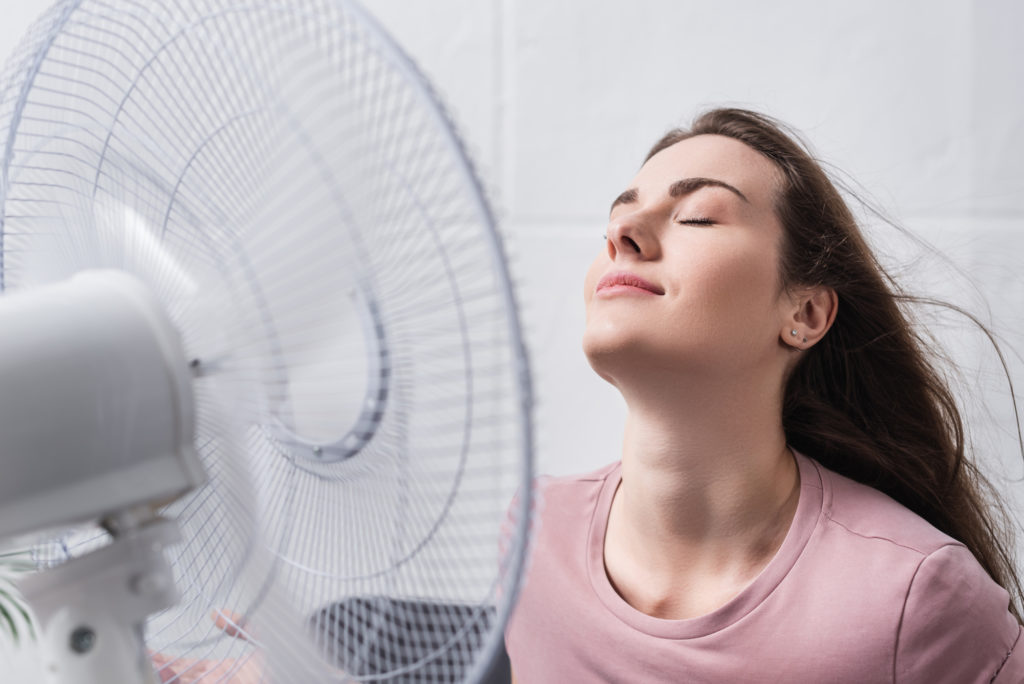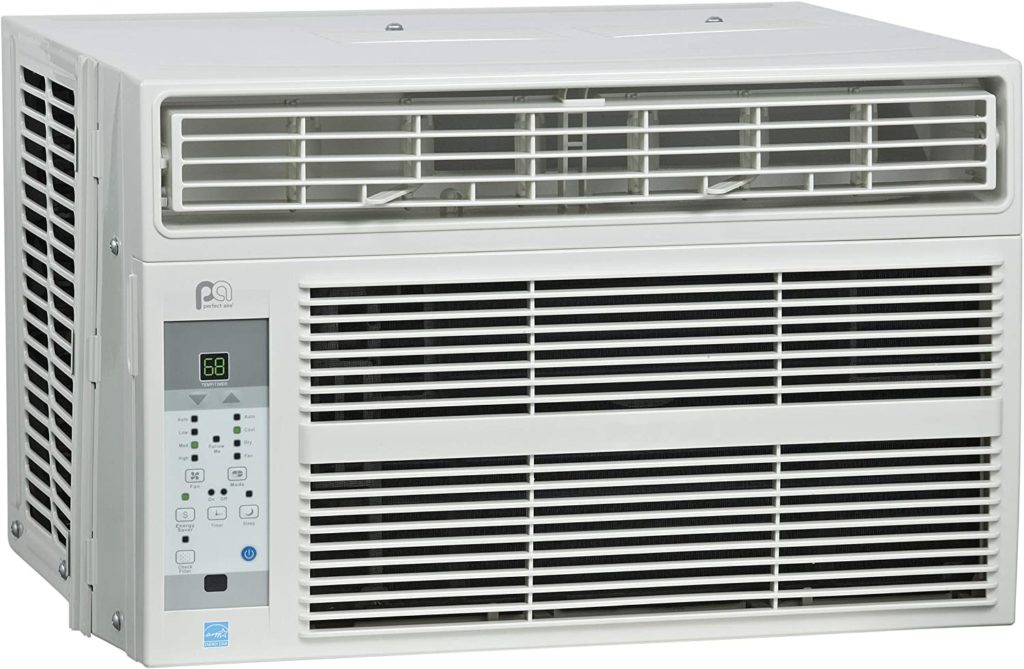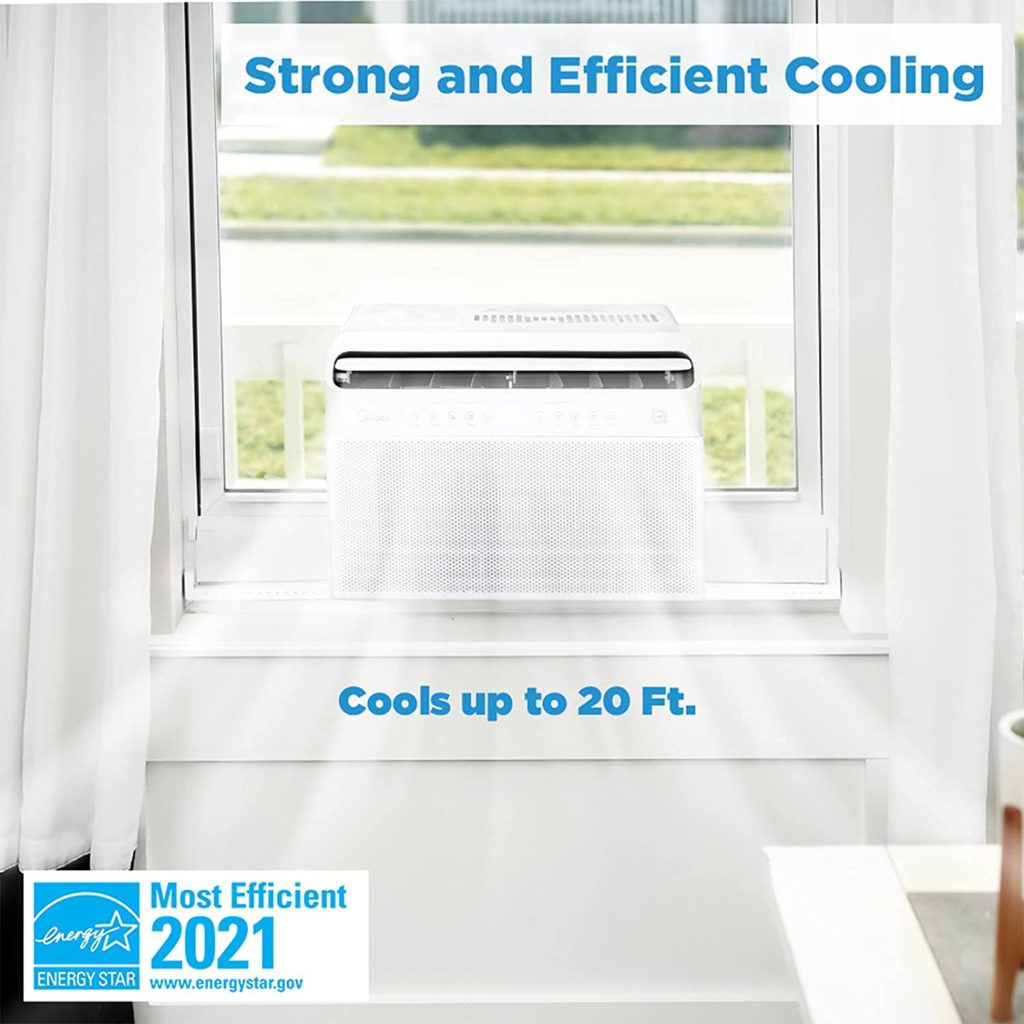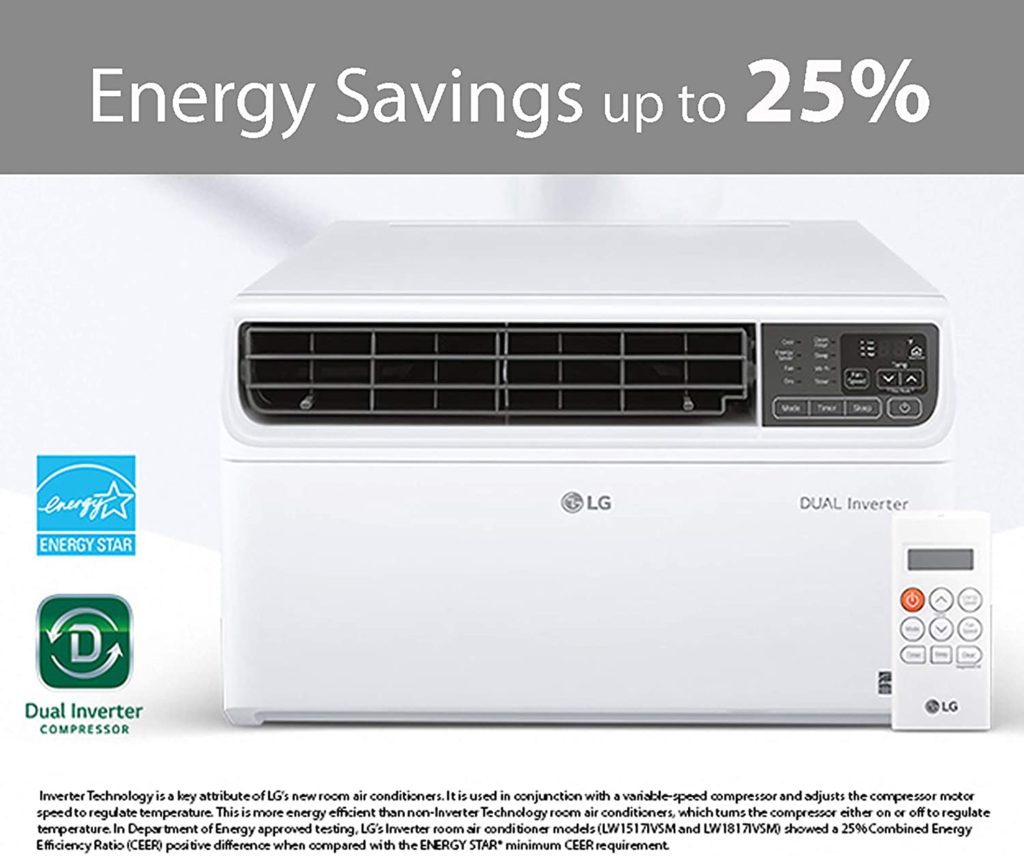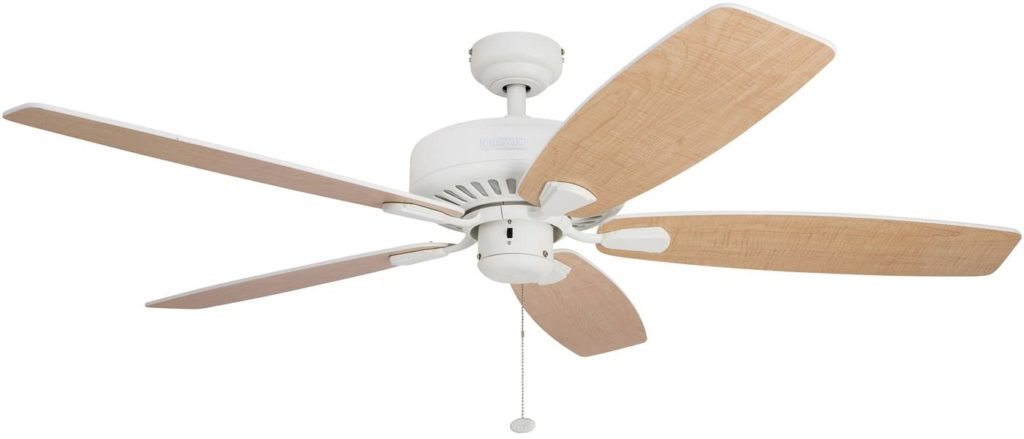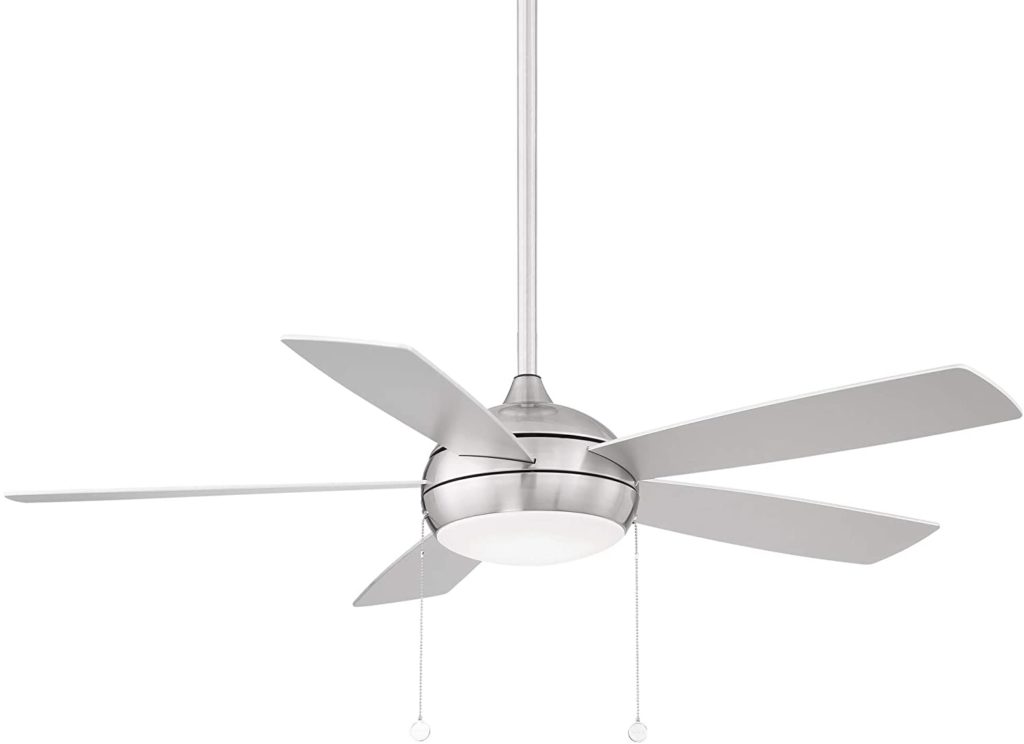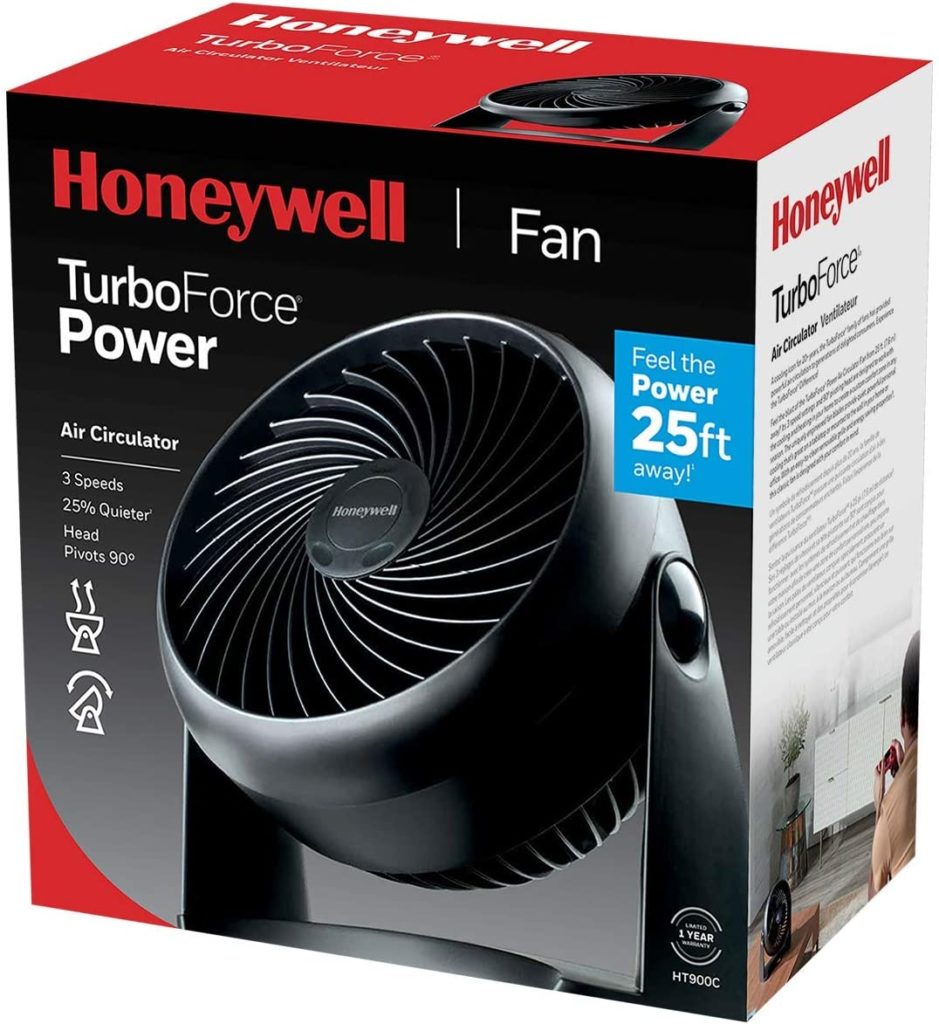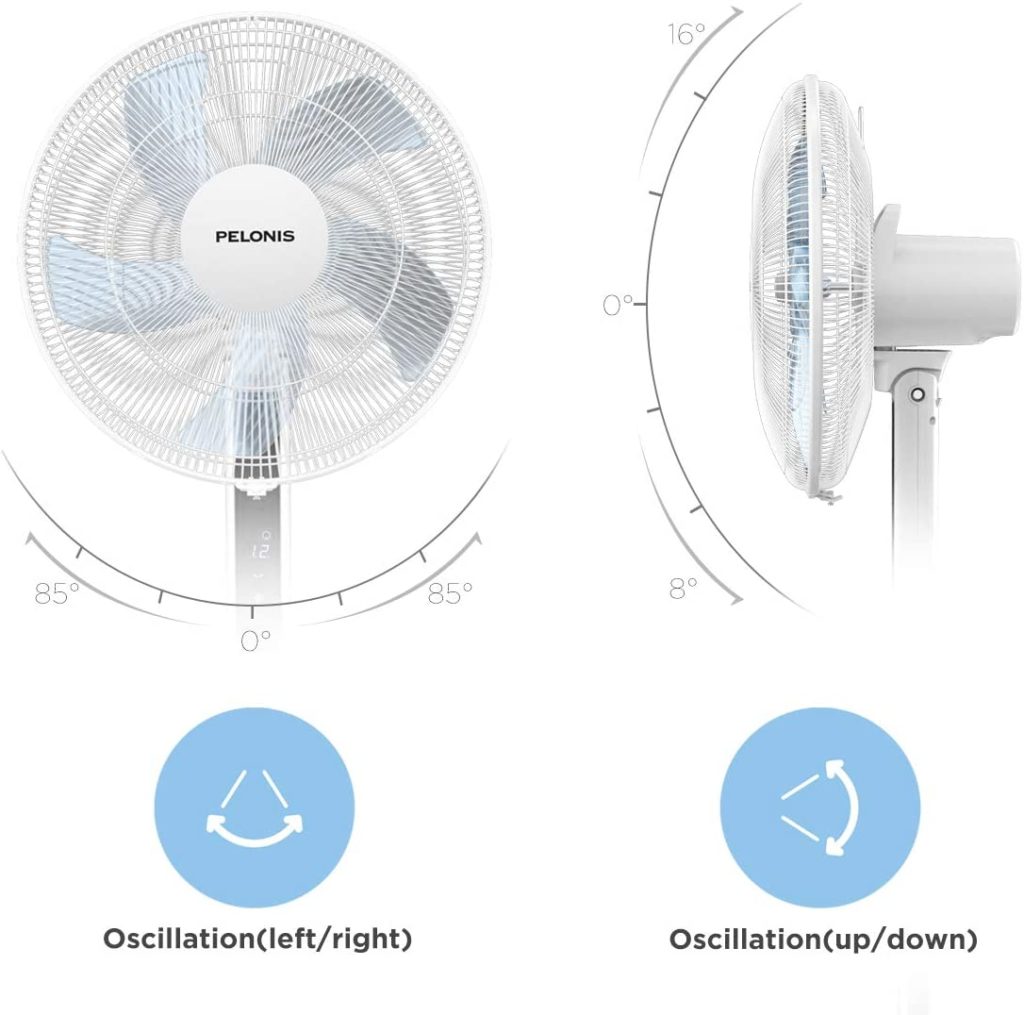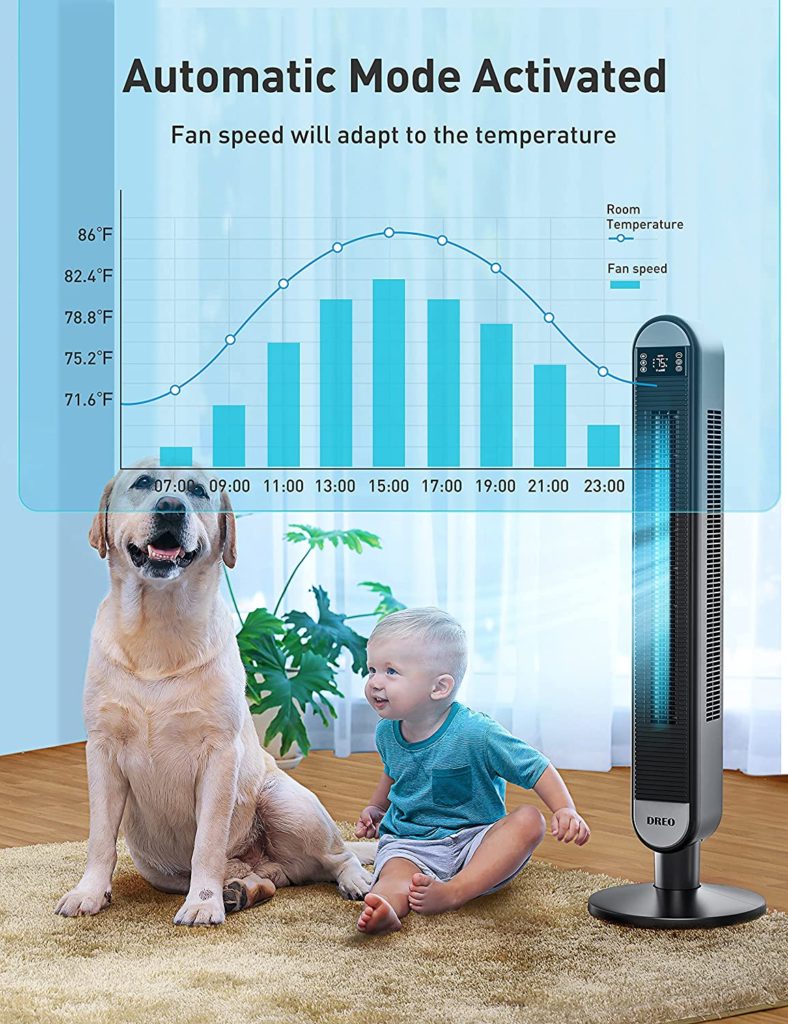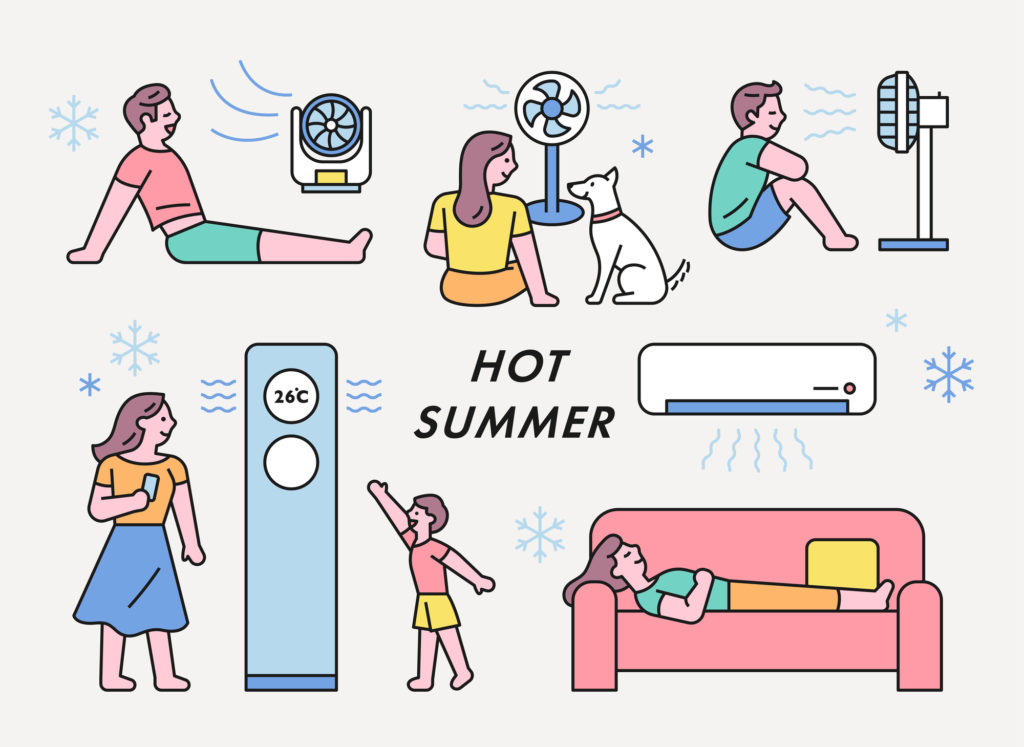
Energy-saving fans and AC units can make your life infinitely more tolerable when a heat wave hits.
More importantly, they can actually make a life-or-death difference to people who just can’t stand high temperatures.
Babies and toddlers and senior citizens are particularly at risk for dying from sweltering temperatures if their homes and apartments just get too hot.
Don’t Miss: Apocalypse Now? Climate Change is Burning Up America!
Energy-saving fans and AC units can come to the rescue. I’m emphasizing “energy saving” for two reasons.
√ One, fans and AC units (like HVAC systems) run on electricity. Most of that electricity comes from coal-fired power plants. Burning coal (and oil and natural gas) emits the carbon dioxide emissions that cause climate change.
Using appliances that save energy use less fuel and emit less CO2, so you don’t make climate change worse by trying to stay cool.
√ The second reason is because electricity in the summer can get very costly as demand for power increases. Using an efficient appliance will save you a lot of money while still keeping you cool.
Before You Buy a Fan or AC, Do These Two Things
→Before you make a purchase, do what you can to save energy at home. We’ve pulled together 18 Ways You Can Save Energy at Home here.
→Next, try these 9 ways to lower the actual temperature inside your home:
Don’t Buy Energy-Saving Fans and AC Units Until You Read These Tips
For a window AC unit that will cool a room or two…
♦Remember that bigger is not always better! Buying an air conditioner that is too large does not provide better cooling. An oversized air conditioner is actually less effective — and wastes energy at the same time. Make sure your unit is properly sized.
Air conditioners remove both heat and humidity from the air. If the unit is too large, it will cool the room before it has a chance to remove the humidity. The result will be a room that’s not very comfortable to spend time in. That cool moist air will make the room feel damp and clammy.
The most energy-efficient air conditioner is sized to the square footage of the space to be cooled. Determine the square footage of the area you’d like to cool by using the ENERGY STAR square footage and this chart. Once you know the size of your room, figure out what capacity you need, and adjust to save energy.
For example, if the room is heavily shaded, EPA says you can reduce the capacity you need by 10 percent. On the other hand, if the room is very sunny, you may need to increase capacity by 10 percent.
♦Also, choose a unit that will send air in the right direction! An AC unit that is aimed at a corner of the room or the floor won’t do nearly as much good as one that sends air into the middle of the room.
Look for the Energy Star Label When You Shop
Energy Star sets performance standards that indicate that the appliance will work well and use energy as efficiently as possible.
Here are a few of the window air conditioners that meet Energy Star standards. NOTE – You may be able to find what you’re looking for at a local big box store, or direct from the manufacturer. Links to our Amazon store are provided to give you an idea of what’s available, especially since local retailers may be sold out and you might be desperate to get cool relief fast.
Perfect Aire 6,000 BTU 115-Volt Energy Star Window Air conditioner with Full-Function Remote, Installation Kit, 250 sq. ft. – Good for a small room, like a bedroom, dorm room, or office. Includes washable filter and remote control, plus a refrigerant EPA says is environmentally-friendly and safe. Follow all installation directions. And see that little blue square on the front, below the control panel? That’s the Energy Star symbol.
Midea U Inverter Window Air conditioner 12,000 BTU, Smart Control. First window air conditioner to obtain the ENERGY STAR Most Efficient 2020 Certification. WI-FI enabled; Use its IOS or ANDROID APP, or voice commands via Alexa or Google Assistant.
LG 18,000 BTU Dual Inverter Window Air Conditioner with Wi-Fi control. Cools rooms up to 1,000 sq ft, or 25’x40′.
NOTE: You can find all energy-saving AC units that meet Energy Star’s efficiency standards here.
Ceiling Fans
Energy Star does not rate small table-top fans. But it has issued standards for ceiling fans so you can get the most efficient fan available in your price range.
♦As with a room AC window unit, choose a fan that is not too big or too small, but just right. Measure the length, width and ceiling height of your room to determine what the blade span and speed should be.
♦Look for models that are Wi-fi enabled so they’re easy to operate, especially in a room with a high ceiling.
♦If you are choosing a fan that also has lights, make sure the lights are energy-efficient LEDs. You may also want them to be dimmable. Decide that in advance, as you will need to install the appropriate light switch.
♦Finally, look for models that make it easy to flip the blades up or down, as you may want to reverse the blades in the winter to help circulate warm air through the room.
Some options:
Honeywell Sutton 52-inch Ceiling Fan, Energy Star Certified. Reversible motor can be run in reverse in the winter to help circulate warm air. Designed for medium-to-large sized rooms, like a bedroom, living room, dining room, or common area.
Monte Carlo Maverick II Energy Star 70″ Ceiling Fan w/Hand Remote Control. Also available in 52″ and 60″. Classic modern style.
Disc II 5-Blade Energy Star Ceiling Fan 52in Pull Chain with 3000K Dimmable LED Light Kit. Built-in memory returns fan and light kit to previously known setting when toggled through an on/off wall switch.
Table-top and Standing Fans
There are no Energy Star ratings for fans this size.
However, they’re still a terrific cooling solution in a lot of situations.
Plus, they’re not nearly as expensive as an HVAC system or even a ceiling fan, so you won’t break the bank if you get a couple.
And, they’ll still reduce your need to power up your AC by cooling the actual space you’re in, rather than the entire house.
I also like table-top fans because they’re very light-weight and easy to move from room to room. I keep one in my office and one in my bedroom and they do a terrific job circulating the air so I feel comfortable and cool.
Honeywell TurboForce Power Fan. Three speeds; relatively quiet. Light-weight so very easy to move from room to room. I have two of these, one in my office and one in my bedroom. When they’re on, I don’t need my AC at all.
Standing fans are heavier so you’re more likely to leave them in place once you sent them up. They’re more powerful than a table top fan, and if you get one that oscillates back and forth, it can cool down a larger room than a table-top fan. I have a standing oscillating fan in my living room that allows me to reduce AC use significantly.
PELONIS DC Motor Ultra Quiet Pedestal Standing Fan – This fan is very quiet when operating. The company claims it saves “up to 35% of the energy cost” of its AC counterpart. It has 12 speed settings and a 12-hour timer, so it is very easy to customize. It oscillates (swings) back and forth and can tilt to cover most angles of a room. The height is adjustable between 3.5 and 4 feet, which also makes it easy to customize for sitting on a couch or lying in bed. A heavy base provides stability and an overheat protector automatically switches off the fan when the motor overheats.
Tower Fan w/ 6 speeds, 12 hour timer, remote control; bladeless. This space-saving design could work in a bedroom, office, living room or front porch. 5-star rating on Amazon!
REMEMBER:
♥ Before you buy, read consumer reviews and know how much cooling you need your fan to do.
♥ If a lot of people and pets are in one house, you may need the AC to cool more rooms.
♥ If you just need to cool a single office, or a few bedrooms, use a ceiling fan, standing fan, or table fan to save energy, use less electricity, and still stay cool.


